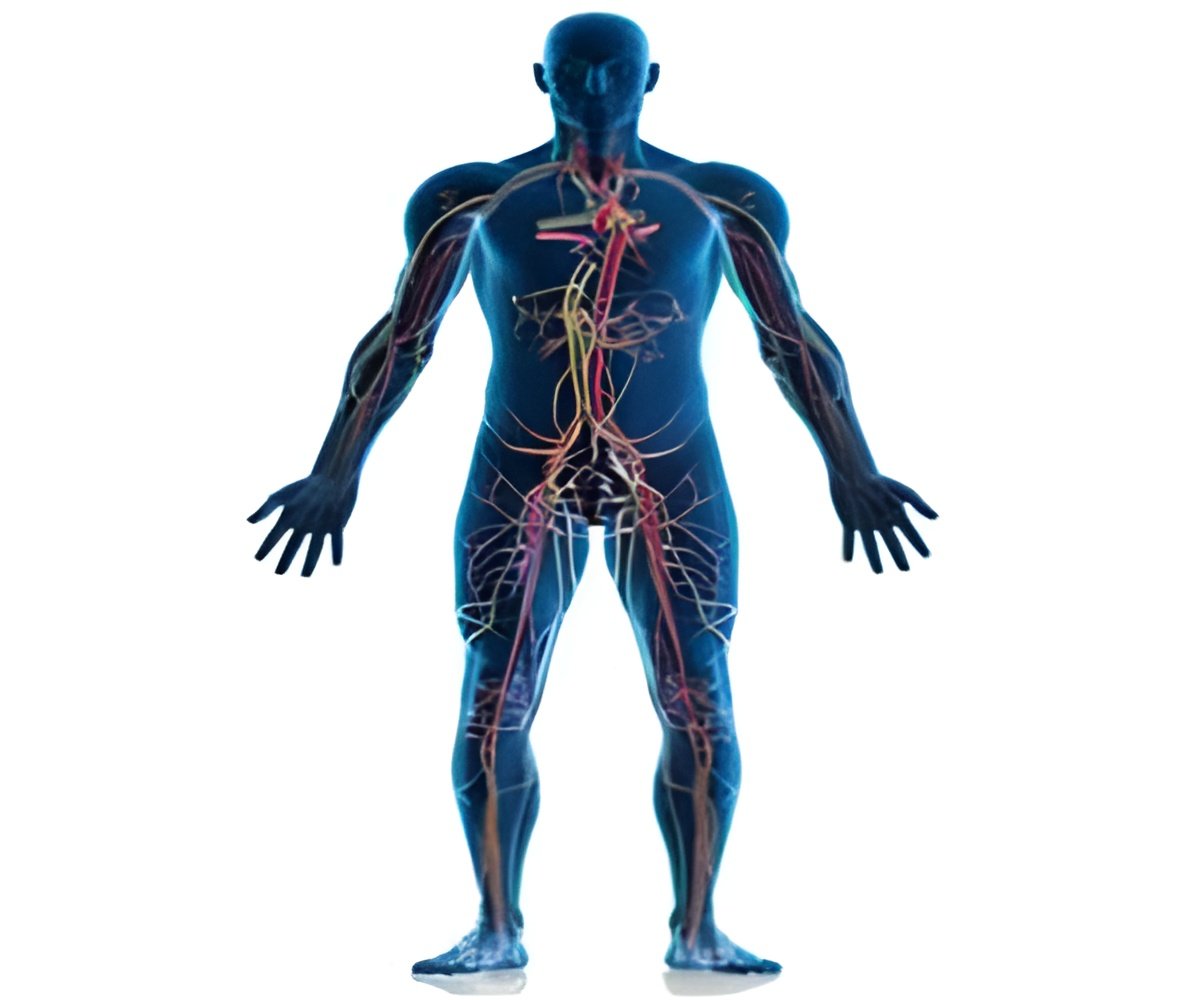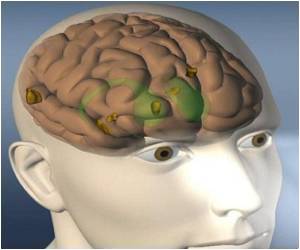
"We already know a lot about axons-the part of the nerve cell that is responsible for sending signals," said Rolls, an assistant professor of biochemistry and molecular biology at Penn State University.
"However, dendrites-the receiving end of nerve cells -- have always been quite mysterious."
Unlike axons, which form large, easily recognizable bundles, dendrites are highly branched and often buried deep in the nervous system, so they have always been harder to visualize and to study. However, Rolls and her team were able to get around these difficulties.
They looked inside dendrites in vivo by using a simple model organism -- the fruit fly-whose nerve cells are similar to human nerve cells. One of the first mysteries they tackled was the layout of what Rolls referred to as intracellular "highways" -- or microtubules.
Unlike many other cells in our bodies, most neurons must last a lifetime. They rely on their key infrastructure-microtubules - - to be extremely well organized, but also to be flexible so that they can be rebuilt in response to injury. Part of that flexibility comes microtubules' ability to grow constantly.
Advertisement
After identifying the set of proteins required to maintain an orderly microtubule infrastructure in dendrites, the team tested whether these proteins play a role in the ability of neurons to respond to injury. Most neurons are irreplaceable, and yet they have an incredible ability to regenerate their missing parts.
Advertisement
"When we disabled the flies' ability to produce the kinesin-2 protein, we found that the highways could not be rebuilt correctly, and nerve regeneration failed," Rolls explained.
"Apparently, kinesin-2 is a crucial protein for polarity maintenance and for the ability to set up a new highway system when neurons need to regenerate," Rolls added.
The research will be published in the print edition of the scientific journal Current Biology on 21 December 2010.
Source-ANI










